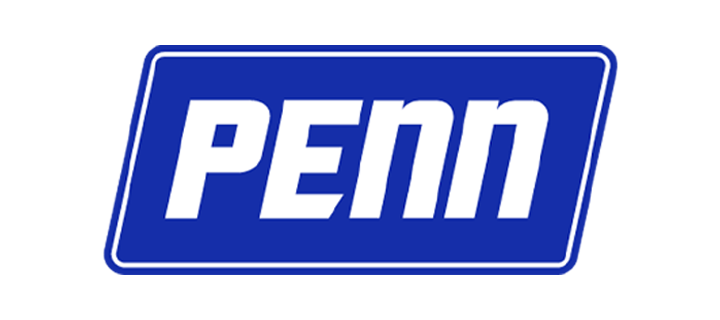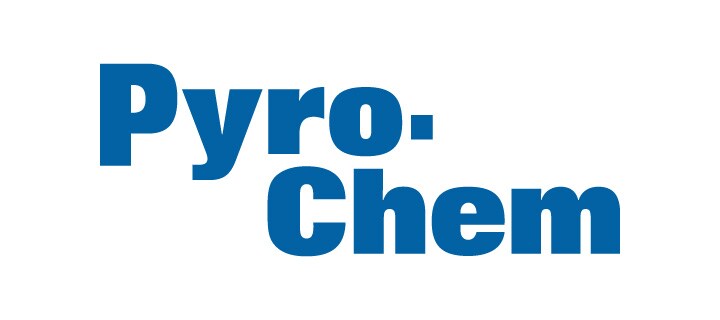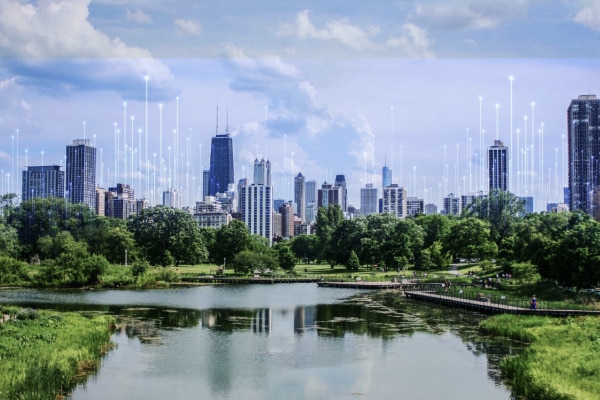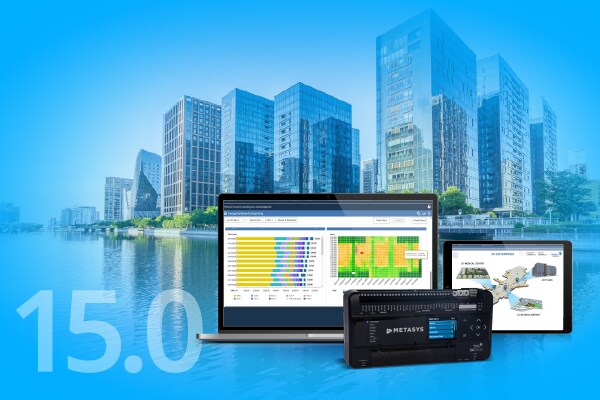The Rise of the Smart Campus - What Facilities Managers Need to Know
FMUK Magazine article by Matthew Durdin, Director, Johnson Controls
It is now quite normal for office accommodation to have automated access management, intelligent elevators, or cashless canteens. These buildings that are data-driven and respond automatically to changes in occupancy and environment are ubiquitously known as smart buildings – and they are here to stay. As the smart building becomes more pervasive, and not reserved solely for high-end office real estate, we begin to see the emergence of the next logical wave of innovation: the smart campus. This is the next step in the evolution of the working world.
A smart building is, as the name implies, a single instance of one building. A city may have many smart buildings as standalone sites with different owners and occupiers – or even different owners with the same occupiers – but importantly every building operates autonomously.
As we know, the world’s most innovative companies aren’t usually contained to one building, one city, or even one continent. Their people connect and collaborate across buildings, cities and global boundaries on a daily basis. Similarly their buildings can too. This is the smart campus.
By contrast, the smart campus is where a group of smart buildings operate as a connected entity. This could be multiple sites for a single company all connected, or a building operator who connects multiple sites but has multiple disparate tenants. As such, a smart campus comes in many forms.
The first is a collection of buildings on one campus location – made famous by the tech juggernauts of Silicon Valley. The next is usually borne out of necessity rather than choice: several disparate buildings around one city or town, of which UK universities’ ‘city’ campuses are a good example. The last, and most difficult to manage, is a collection of buildings and campuses across the world, with offices and facilities from Manchester to Mumbai to Milwaukee. What brings all these types of smart campus together is that they aren’t just a collection of smart buildings, but rather smart buildings that speak to each other.
If a smart building is a building that constantly monitors data and uses it to effectively and efficiently provide a safe, sustainable, comfortable and intelligent environment, then a smart campus is a collection of buildings that share all of this data between each other to become even more efficient and effective for all occupants, regardless of geography.
The question, then, is what does a facilities manager need to know about turning a collection of smart buildings into a smart campus? What are the goals, what should you strive for, what are the challenges, and how can you overcome them? This can be broken down into four key areas: security, employee experience and productivity, fire safety, and energy efficiency.
This article originally appeared in the September/October 2019 edition of FMUK magazine.






















.jpg?la=en&h=320&w=720&hash=244C75B74F0F77521D56164450973BCD)








































